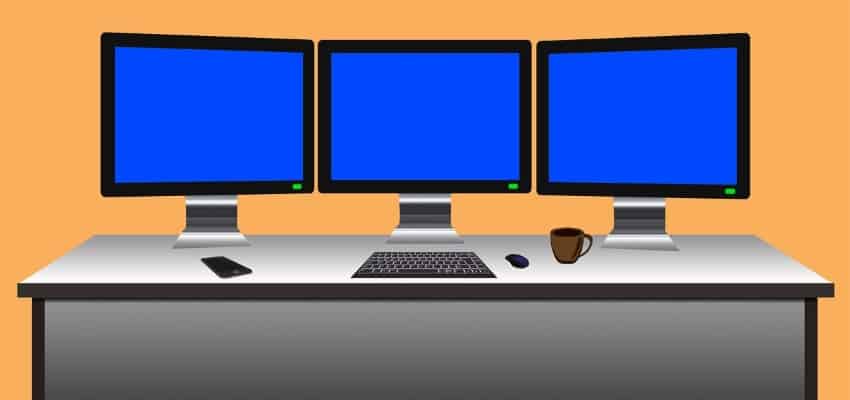|
|
Editor’s Note: The decentralization of eDiscovery workforces engaged in tasks ranging from on-site collections to remote reviews coupled with the desire of organizations to reduce investments in IT infrastructure and hardware is causing data and legal discovery leaders to carefully consider virtual desktop infrastructure (VDI) and Desktop-as-a-Service (DaaS) approaches for delivering access to eDiscovery applications needed to support audit, investigation and litigation projects and programs. The following two articles highlight VDI and DaaS and share considerations that may be useful for individuals interested in understanding and evaluating VDI and DaaS in support of eDiscovery.
Desktop-as-a-Service and the Future of IT Working for Digital Transformation
Extract from an article by Nick Ismail
The idea of virtual desktops and thin client computing has been around since the late 1990s. These systems have helped organizations deploy applications, securely, in desktops to any location, any user or from a central location. But, for the most part, this has been done on-prem.
Now, organizations are now looking at how much of their data center can they move to the cloud: how many of them can move 100% of their data into the cloud, and how many of them can use the cloud as a form of disaster recovery or backup.
So, what’s happening? Increasingly, we’re seeing some of these organizations adopting Desktop-as-a-Service (DaaS) or moving their virtual desktop infrastructure (VDI) into the public cloud; so that they have a hybrid type of model.
For the last 20-or-so-years, IT has been providing a service to business and that service has been around managing infrastructure, deploying PCs, managing Windows, deploying applications and securing the network.
What’s happening now is that organizations are turning to IT and saying I don’t just want you to support the business, I want you to be the business.
Enabling Remote eDiscovery? A Snapshot of DaaS
Extract from an article by Rob Robinson
When considering eDiscovery services to support the delivery of collection, processing, and review capabilities to remote users, Desktop as a Service (DaaS) providers are becoming important contributors to the overall technology solution as they allow for the deployment of virtualized desktop experiences delivered to end users on demand from remotely hosted locations. While the providers enabling the delivery of these virtualized environments to those in the eDiscovery ecosystem are typically not called out in the descriptions of the solutions they enable, understanding who those providers are is becoming increasingly important for those sourcing eDiscovery solutions for remote users as the underlying attributes and enhancements the providers deliver form the basis for comparing and contrasting the differences in DaaS-delivered capabilities from eDiscovery providers.
In their June 2018 Market Guide for Desktop as a Service, the research firm Gartner defines DaaS as a service offering that deploys a virtualized desktop experience, delivered to a customer on demand from a remotely hosted location. Said in a different way, DaaS can be characterized as a form of end-user computing where the desktop instance is located in the cloud instead of on an on-premise server or on an endpoint computing device. DaaS is similar to Virtual Desktop Infrastructure (VDI), with the main differentiating factor being that in the case of DaaS, the infrastructure is not housed by the company and not managed by the company’s IT staff. Instead, it is provided off-site, by a third-party cloud service provider in their own data center and the desktop environments are delivered to end users on demand. Additionally, according to Gartner, DaaS providers typically can be divided into one of two categories. The first category is those providers that include the hosting platform as part of their service and the second category being those providers that exclude the hosting platform as part of their service.
Read the complete article at Enabling Remote eDiscovery? A Snapshot of DaaS
Additional Reading
- 15 Metrics Every Software Product Manager Should Know
- Avoiding Glittering Generalities in Selecting eDiscovery Software
Source: ComplexDiscovery






















